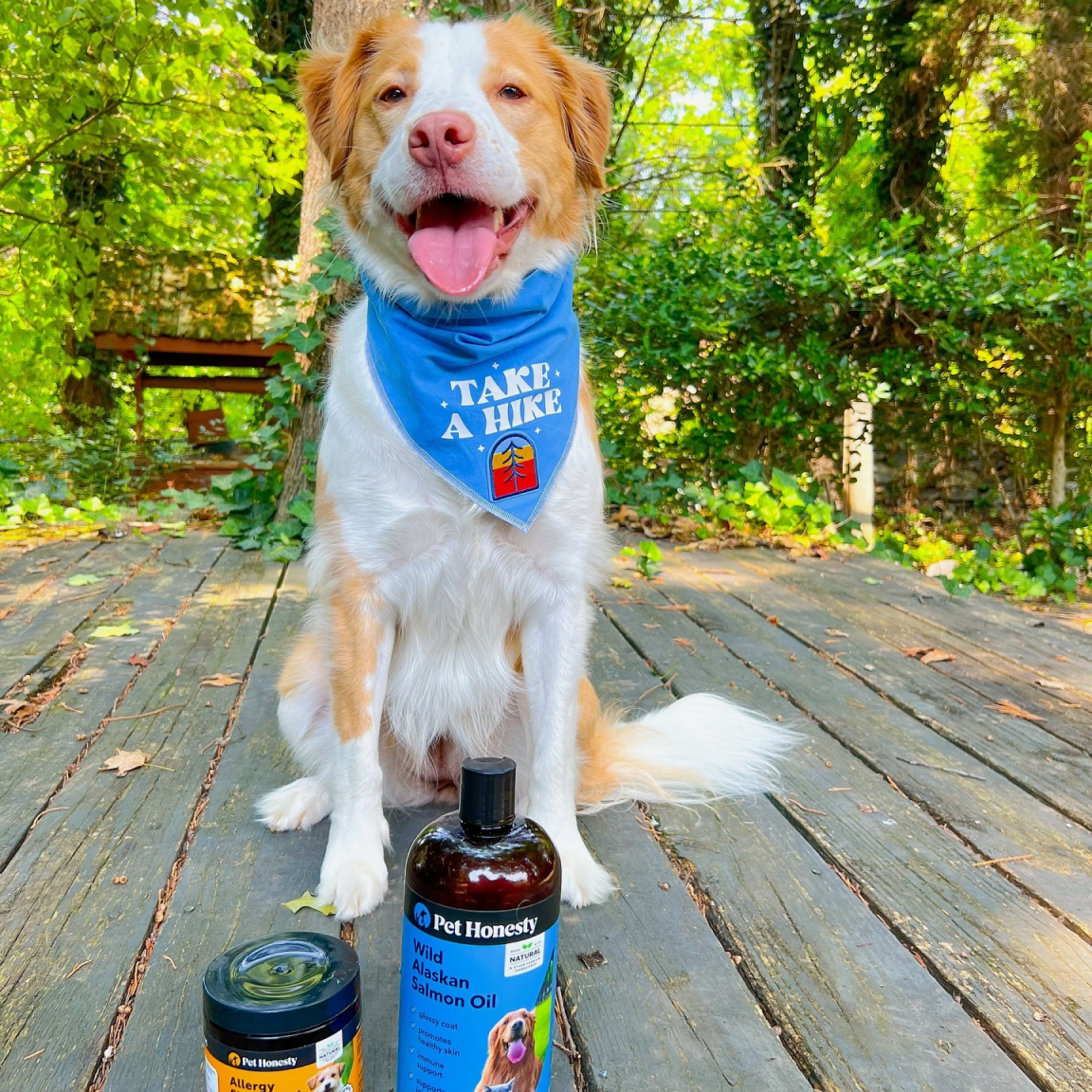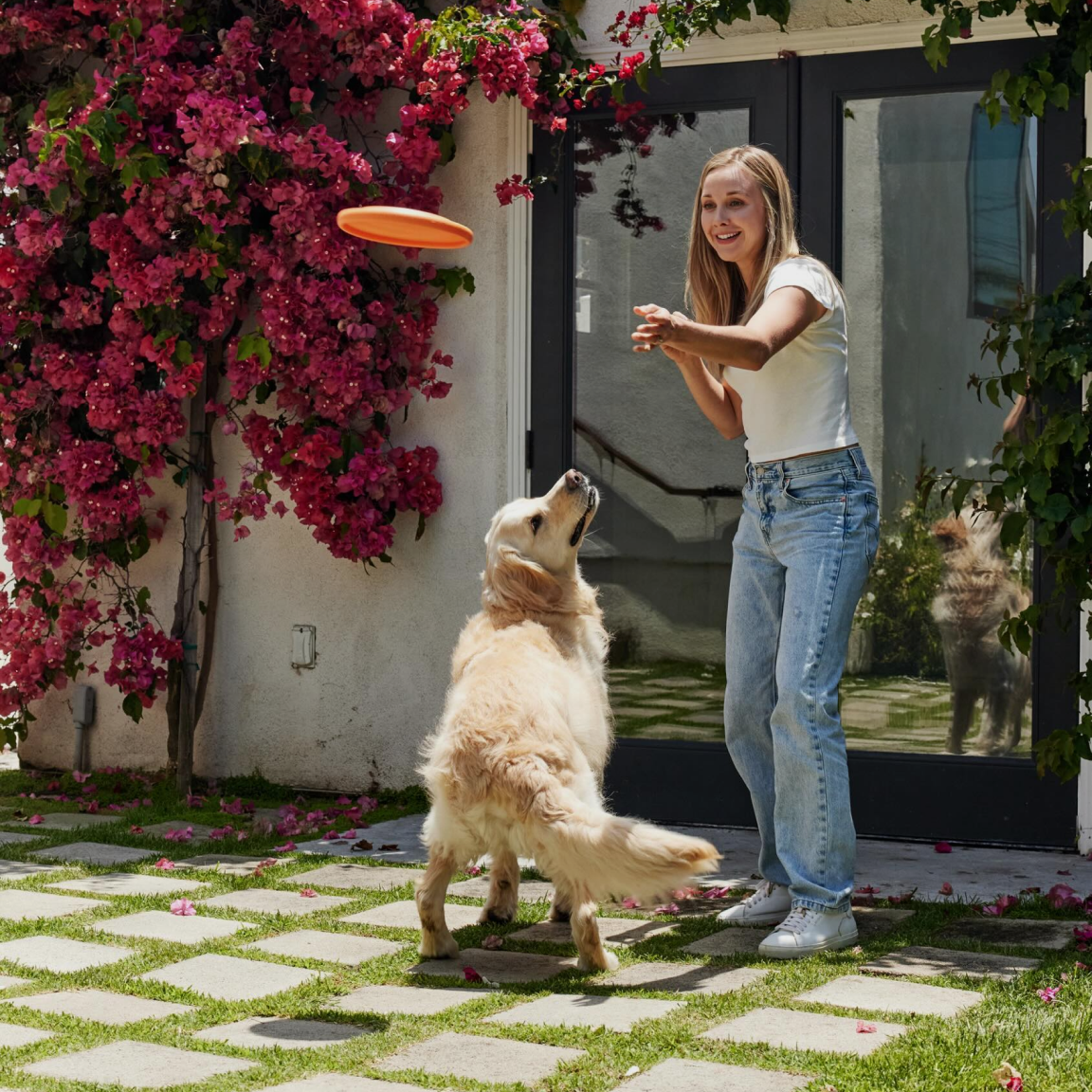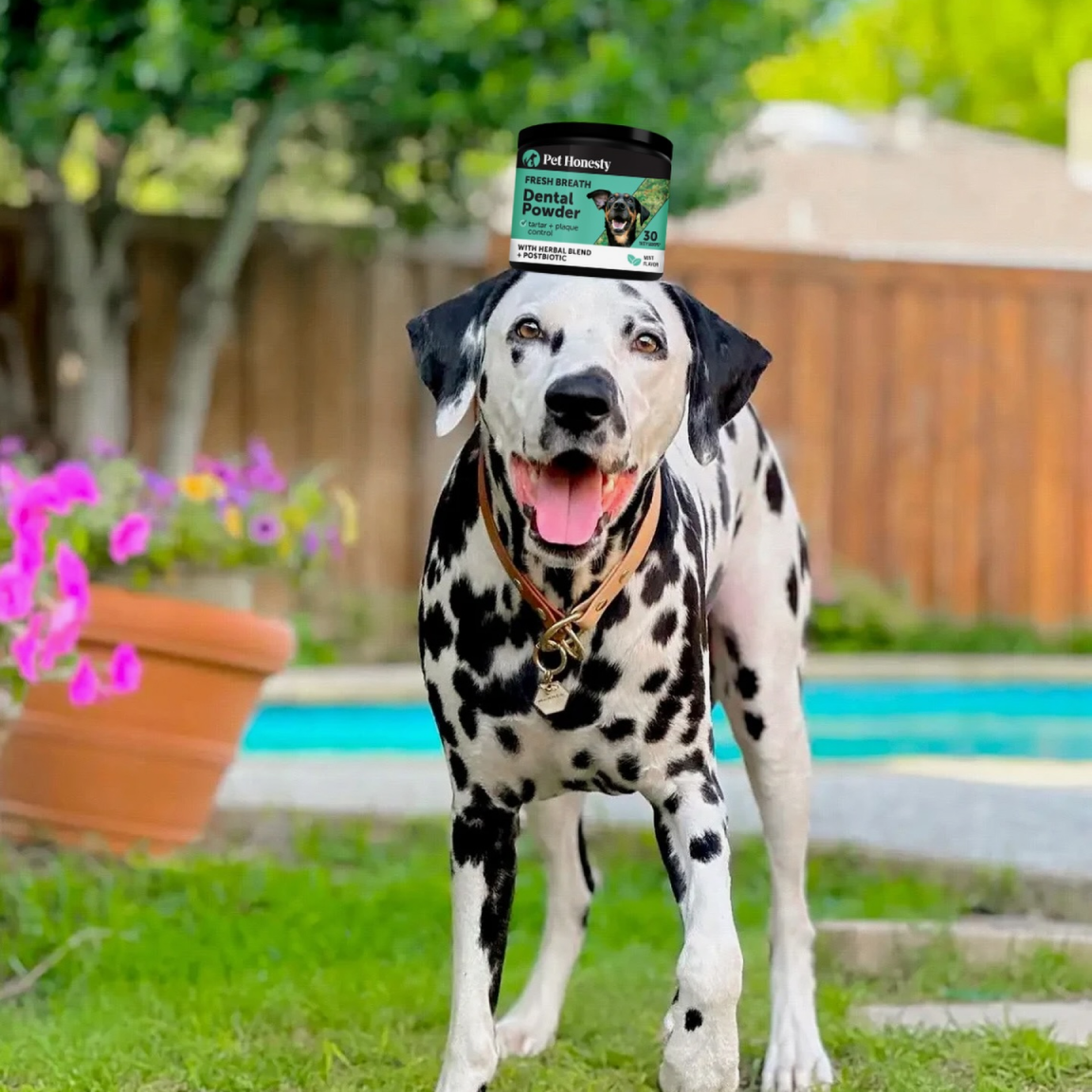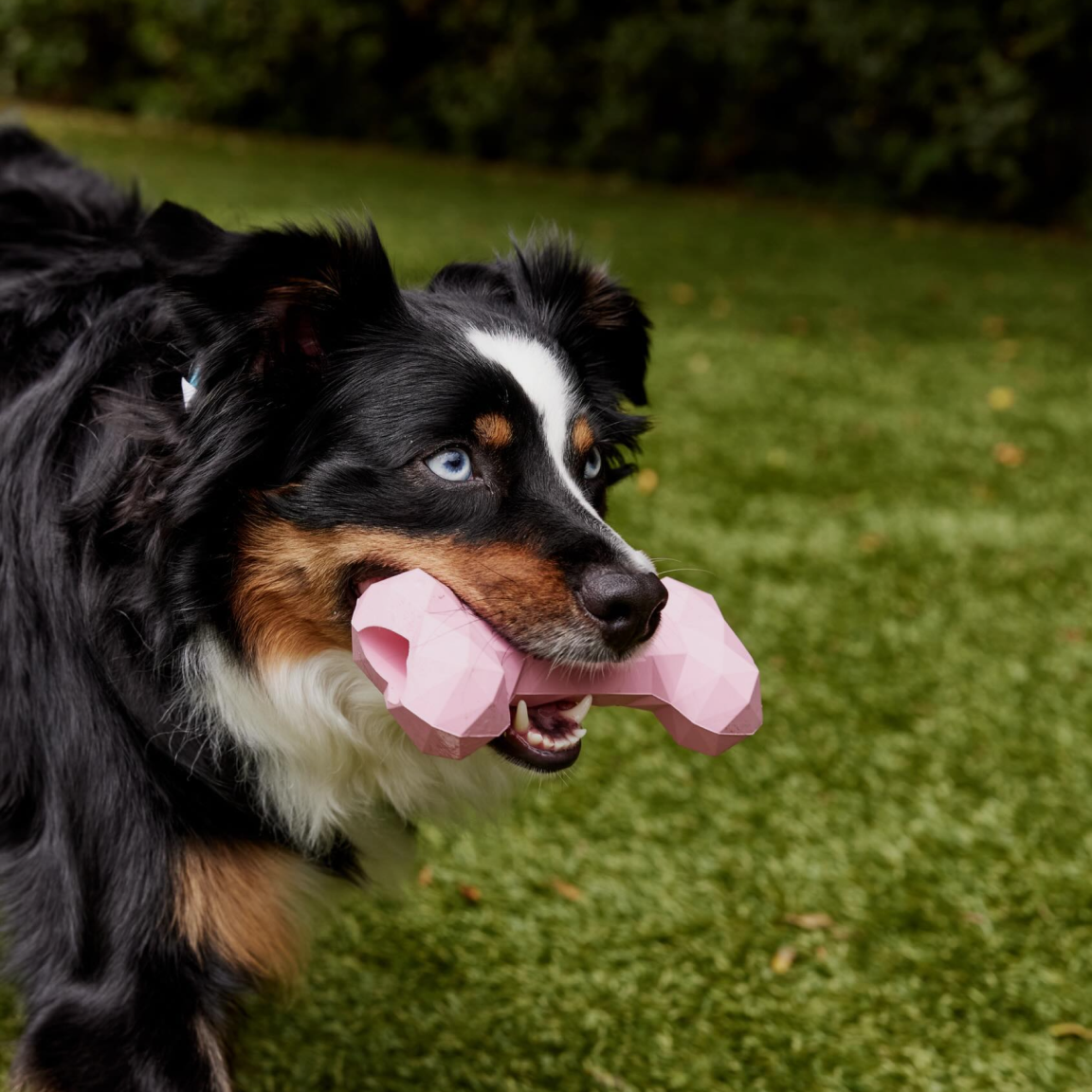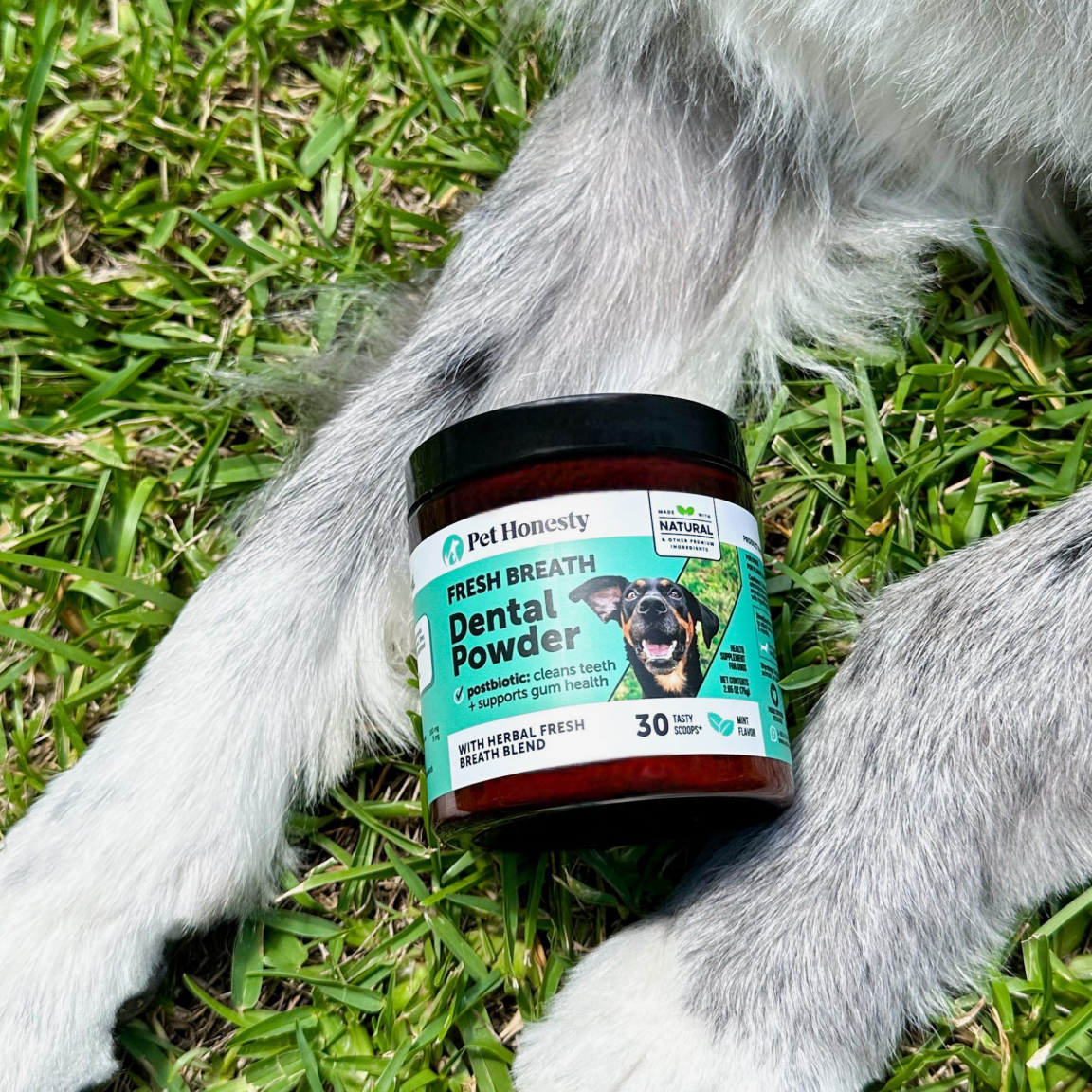Lush green lawns are a southern porch staple, a space for kids to play, and a canine's all-natural playground. But for dog owners, the battle against the browning effects of dog urine can feel like a never-ending saga.
In this comprehensive guide, we'll uncover the science behind why pet urine spells trouble for our beloved grass and explore a variety of solutions to minimize potential damage. For pet lovers, dog pee isn't the enemy—it's an opportunity to better understand our dogs' needs and create a harmonious home environment for every dog owner and dog.
Understanding the Science
At first glance, dog urine seems innocuous, but it's a potent combination of chemicals, including urea, which can adversely affect grass health. This chemical reaction is a soil pH issue, leading to an abrupt decrease in the soils acidity, resulting in the grasses yellowing and eventual death.
The Chemical Composition of Dog Urine
Your dog's pee is about 95% water and contains waste products from the kidneys, including urea, uric acid, ammonia, and salts. It's the urea that poses the biggest threat to grass, altering the soil's chemical balance and supplying an overabundance of nitrogen.
Variability of Grass Resilience
Not all grasses are created equal in the face of urine assault. Some species, like ryegrass and fescue, are more tolerant, while others, such as Kentucky bluegrass, St. Augustine, and Bermuda, are particularly susceptible.
Tips on Preventing Grass Damage
Grass can be remarkably resilient, and by understanding how dog urine affects it, owners can take several measures to prevent and mitigate damage.
Hydration Strategies
One of the simplest solutions is to dilute the urine by increasing your dog’s water intake. Additionally, watering the affected grass area more often or with larger amounts of water can help reduce the high nitrogen and salt levels in the soil.
Dietary Adjustments
Adjusting your dog's diet can have a significant impact. Reducing protein, and especially soy-based diets helps in lessening the chemical overload on grass. Speak with your vet about dietary plans that cater to both your pet's health and your lawn's longevity.

Supplements and Vitamins
Specialized supplements and lawn care additives claim to neutralize the effects of urine. While some pet owners swear by them, it's essential to research and consult with your vet before adding these supplements to your pet's diet.
What Kind of Supplements Will Help with Yellow Grass From Dog Urine?
The supplements and food that are most effective in preventing yellow grass from dog urine typically contain ingredients like yucca schidigera extract, which helps break down and neutralize the excess nitrogen and ammonia in the soil. Other helpful ingredients include:
- Probiotics: These beneficial bacteria can help improve the overall health and digestion of your pet, reducing the amount of nitrogen in their urine.
- Brewer's Yeast: Rich in B vitamins, this ingredient can also help reduce the excess nitrogen in dog urine.
- Cranberry Extract: This natural anti-inflammatory ingredient can prevent urinary tract infections, reducing the frequency of urination and decreasing urine concentration.
- Vitamin B12: This vitamin can help regulate the pH levels in the soil, preventing damage from acidic urine.
- Enzymes: These can help break down the chemicals in urine that cause damage to grass.
Training Techniques
Training your dog to use a designated area, away from the main yard, for urination can be beneficial. Positive reinforcement, patience, and consistency are critical in implementing these behavior adjustments.
Lawn Repair Strategies
Despite preventive measures, urine damage may still occur. In this case, it's essential to take quick and decisive action.
Flushing the Area
For small areas of yellow grass or spots where your dog has recently urinated, a quick flush with water can help dilute the concentration of chemicals in the soil.
Soil Amendments
If you notice severe damage and your lawn's pH has been significantly altered, you may need to add soil amendments like lime or gypsum to restore the balance. These should be done in moderation and preferably during the fall season.
Reseeding
If the damage is extensive, reseeding may be necessary. Before reseeding, make sure to prepare the damaged area properly by removing any dead grass and adding topsoil to create a suitable growing environment for new seeds.
Alternative Grass Ideas
For those who want to avoid the struggle altogether, there are alternative grass options that can provide a pet-friendly solution without sacrificing aesthetics. Consider incorporating options such as:

Artificial Turf
One popular solution is to install artificial turf, which mimics the look and feel of natural grass without maintenance. It's also incredibly durable and resistant to dog urine.
Clover Lawns
Clover lawns are another option that can withstand both foot traffic and dog urine. They require less water and fertilizer than traditional grass and add a pop of color with their small white flowers.
Mulch and Gravel
For a low-maintenance option, consider using mulch or gravel in areas where your dog frequently urinates. These materials are durable and can also help control the nitrogen levels in the soil.
Minimizing Impact with Landscaping
Strategic use of hardscapes, like patios and pathways, combined with raised garden beds or artificial turf sections, can isolate the impact of dog urine and provide dogs with designated relief areas. Here are some ways you can creatively landscape while considering your pet's needs:
Planting Trees and Shrubs
Trees and shrubs not only add visual interest to a yard but also act as natural barriers to protect grass from urine stains and damage. Consider planting them along the edges of your lawn or in designated areas for dogs to use.
Creating Pathways
Installing pathways with materials like brick, pavers, or gravel can help ensure your dog pees in designated bathroom areas, reducing the impact on your lawn.
Raised Garden Beds
Raised garden beds are another way to add visual interest and create designated areas for dogs to use. These elevated structures also provide a barrier between urine and grass, protecting it from damage.
FAQs
Q: Can female dog urine kill grass?
A: Yes, both male and female dog urine can damage grass. Female dogs typically squat to urinate, releasing a more concentrated stream of urine in a smaller area, making the damage more apparent.
Q: Does lime neutralize dog urine on grass?
A: Lime is often recommended as a remedy for urine damage, but it can be damaging to both your lawn and soil if used in excess. It's best to consult with a lawn care professional before using lime.

Q: Can changing a dog's diet help prevent grass damage?
A: Yes, adjusting your dog's diet can be an effective preventative measure. Speak with your vet about options that cater to both your pet's health and your lawn's needs.
Q: How long does it take for grass to recover from dog urine damage?
A: The recovery time can vary depending on the severity of the damage and the type of grass, but it typically takes a few weeks to months for new growth to fully cover the affected area.
Q: Can using a different type of mulch help prevent grass damage from dog urine?
A: Yes, certain types of mulch, such as pine bark or cedar chips, can help neutralize the pH levels in the soil and prevent damage from urine. However, it's essential to regularly replace the mulch as it breaks down over time.
Q: How can I tell if my dog's urine is causing damage to my grass?
A: If you notice brown or yellow spots of grass in your yard, particularly in areas where your dog frequently urinates, it's likely a result of their urine. You can also test the pH levels in the soil to confirm.
Q: Can I train my dog to urinate in a specific area of the yard?
A: Yes, with patience and positive reinforcement, you can teach your dog to use a designated relief area away from the main yard. Consistency is key in this training process.
Q: Will watering my lawn regularly help prevent urine damage?
A: While watering can help dilute the concentration of chemicals in the soil, it's not a foolproof solution. It's best to use a combination of preventative measures and proper lawn care techniques to minimize the impact of dog urine on grass.
Conclusion
Ultimately, balancing our dogs' freedom with the health of our lawns is a matter of understanding, compromise, and smart gardening. By implementing the strategies outlined in this guide, you can ensure that your outdoor space remains not only a beautified testament to your gardening prowess but also a safe, enjoyable, and unrestricted environment for your four-legged friends.
Maintaining the green expanse where both pets and people can coexist happily can be a challenge, but it's a rewarding one. Each solution brings us a step closer to the harmony we seek in our shared spaces, allowing us to enjoy every facet of a life filled with the joy and companionship that pet ownership brings.









